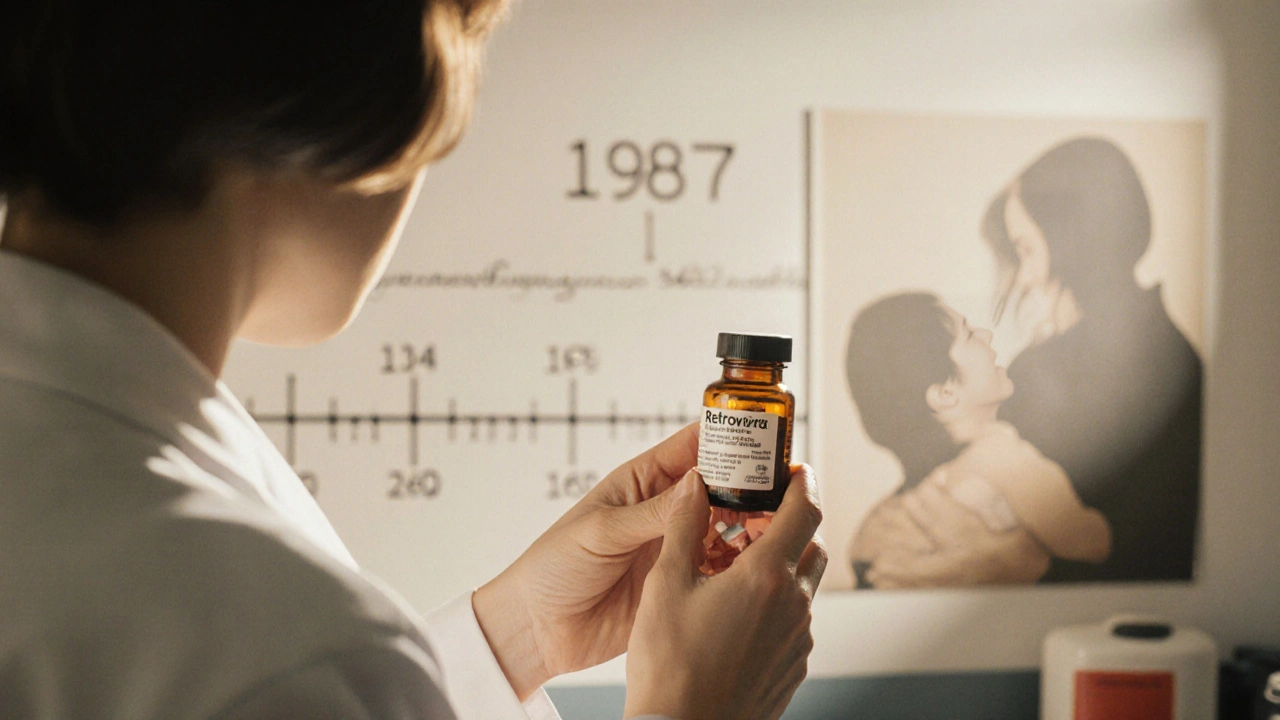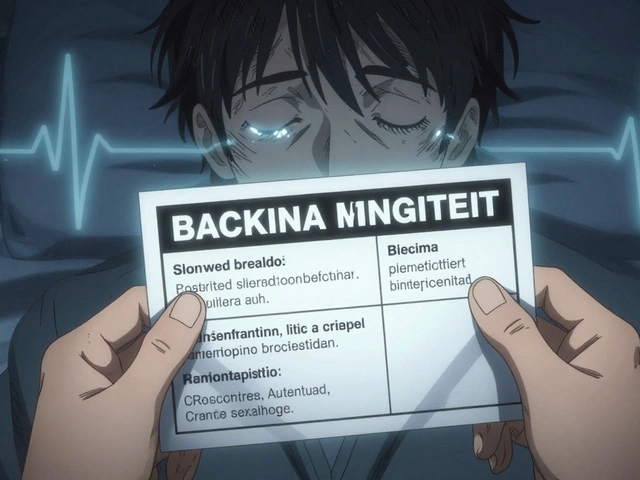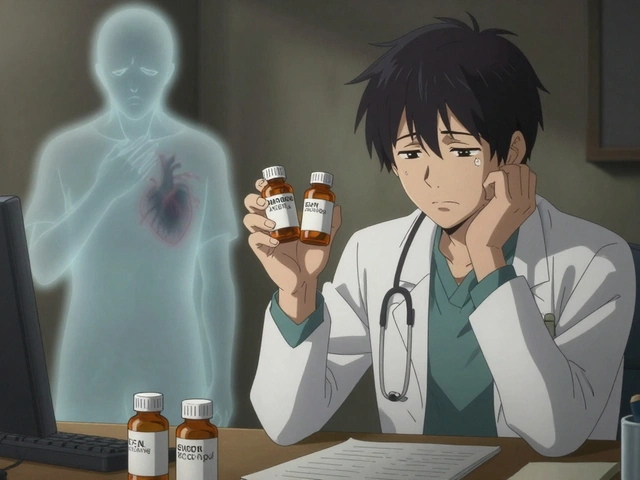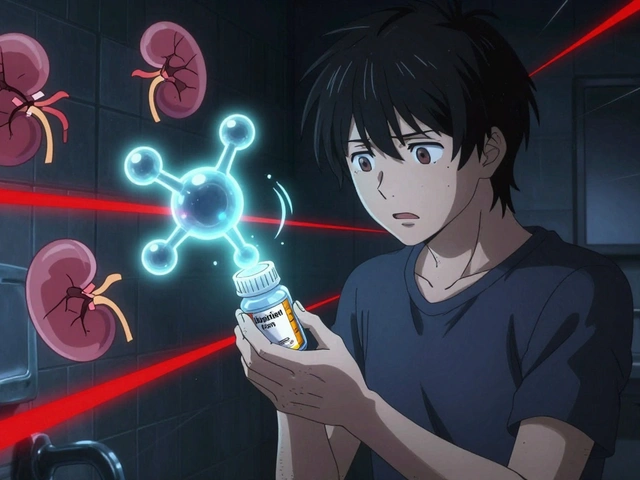Understanding HIV Medication Cost: What Affects Prices and How to Save
When you look at HIV medication cost, the total amount you pay for antiretroviral therapy, including brand‑name and generic options. Also known as HIV drug pricing, it often feels like a moving target because many factors pull the price up or down.
One major driver is the type of drug you use. Generic antiretrovirals, lower‑cost versions of patented HIV medicines that contain the same active ingredients can be 30‑80% cheaper than their brand counterparts. The shift from brand to generic is a core part of the semantic triple: HIV medication cost encompasses drug type. When a generic becomes available, the overall cost landscape changes dramatically.
Key Factors That Influence HIV Medication Cost
Insurance coverage is the next puzzle piece. Insurance plans, private or public health programs that negotiate prices with manufacturers and pharmacies decide how much you pay out‑of‑pocket. A high‑deductible plan may push you to pay more upfront, while a comprehensive plan can bring the cost down to a co‑pay of a few dollars. This creates the triple: Insurance coverage influences HIV medication cost.
If your insurance still leaves a big bill, patient assistance programs step in. Patient assistance programs, manufacturer‑run or nonprofit initiatives that provide drugs at reduced or no cost for eligible patients can cover a large portion of the price. Knowing which programs exist for each drug is essential, because they directly reduce the amount you owe, forming the triple: Patient assistance programs lower HIV medication cost.
Another practical lever is where you buy the medicine. Online pharmacies, licensed digital drugstores that often offer lower wholesale prices and price‑comparison tools let you compare multiple suppliers in seconds. By checking verification codes and reading reviews, you can safely snag a better deal, which leads to the triple: Online pharmacies provide cheaper HIV medication options. Many users report savings of 20‑40% compared with brick‑and‑mortar stores.
Beyond these, regional pricing differences matter. Countries with national health services may negotiate bulk discounts, while others rely on market rates. Knowing the global pricing landscape helps you understand why a tablet that costs $15 in one country might be $150 elsewhere.
Putting it all together, you have a web of influences: drug type, insurance, assistance programs, and purchase channel all interact to shape the final price you see on the pharmacy counter. By tackling each piece—choosing a generic when possible, checking your insurance benefits, applying for assistance, and shopping at reputable online pharmacies—you can dramatically cut the burden of HIV medication cost.
Below, you’ll find a curated list of articles that dive deeper into each of these areas, from step‑by‑step guides on buying generic antiretrovirals safely to tips on navigating patient assistance forms. Use them as a toolbox to make informed choices and keep your treatment affordable.

Retrovir (Zidovudine) vs Alternative NRTIs: A Comprehensive Comparison
A detailed comparison of Retrovir (Zidovudine) with modern NRTI alternatives, covering efficacy, safety, cost, pregnancy use, and when to choose each drug.
Continue Reading



